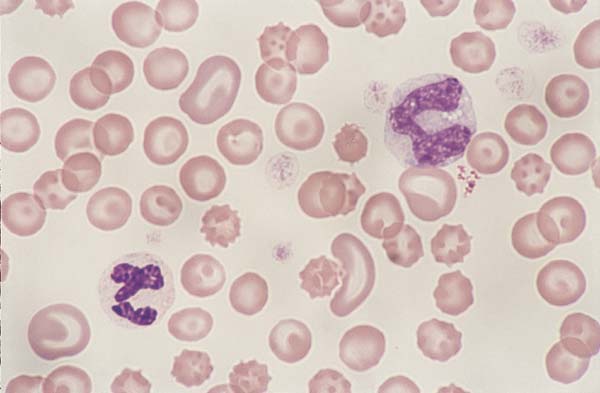Assessement 2: Wbc Differential And Platelet Estimation
- AVMA
- ASCP
2.
You may optionally provide this to label your report, leaderboard, or certificate.
×
Thank you for your feedback!
















